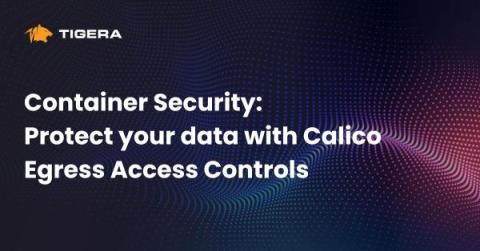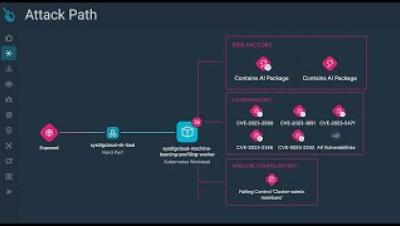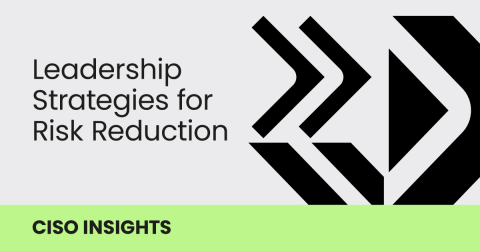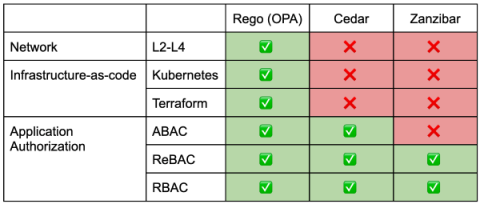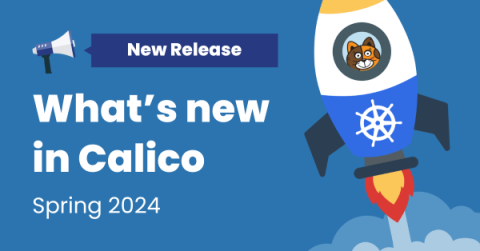What is the difference between a root process and a containerized root process?
To answer this question, let’s first look at some history. Processes are software instances running in their own memory spaces. They enable a user to execute multiple software instances in parallel on the same computer. The concepts are derived from operating systems of the 1960s, with UNIX first being released in 1971. In today’s operating systems, every process is associated with an identity to which authorizations are bound. This enables the definition of access controls around processes.





